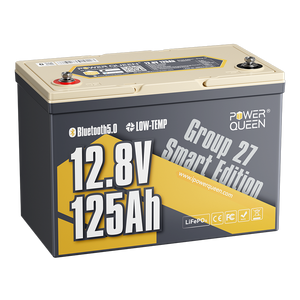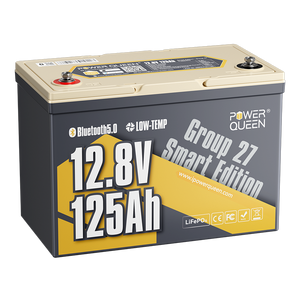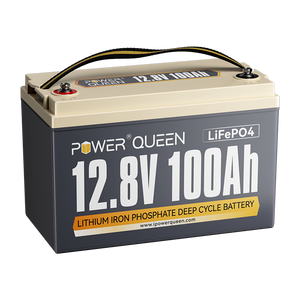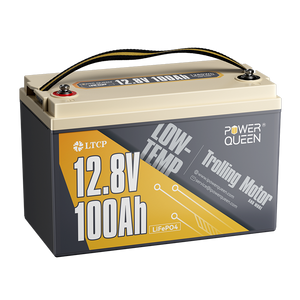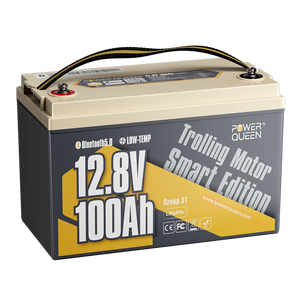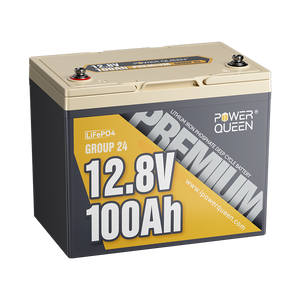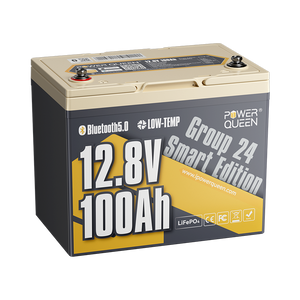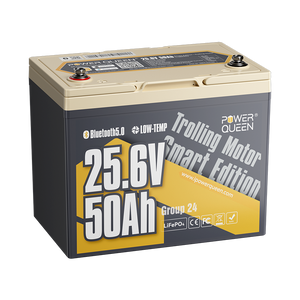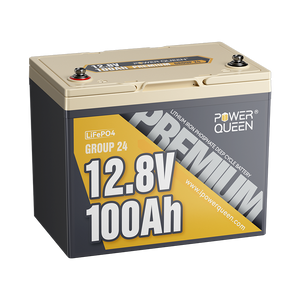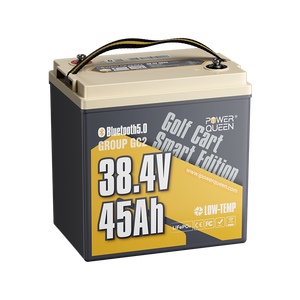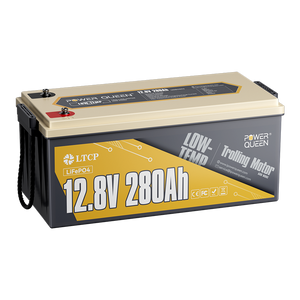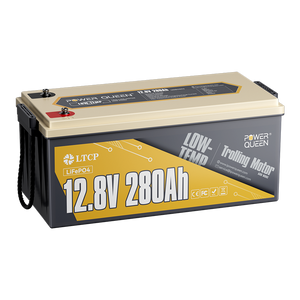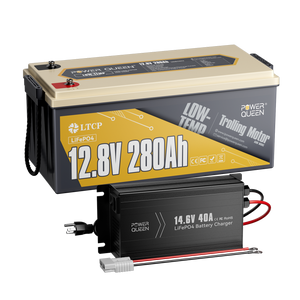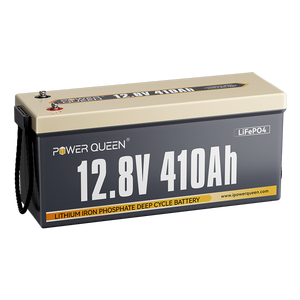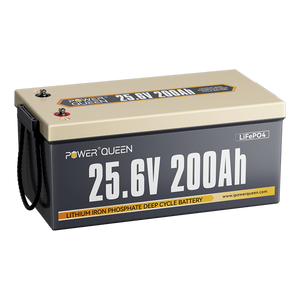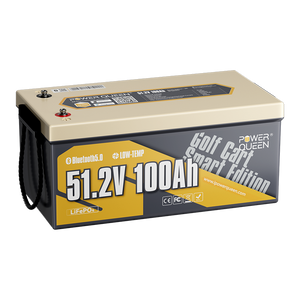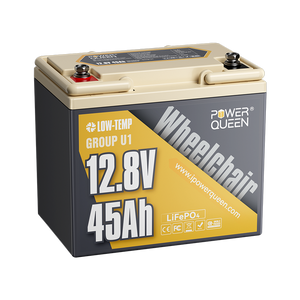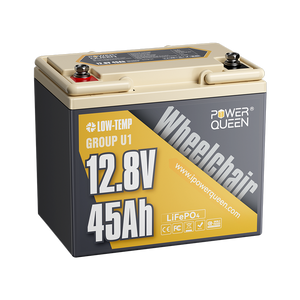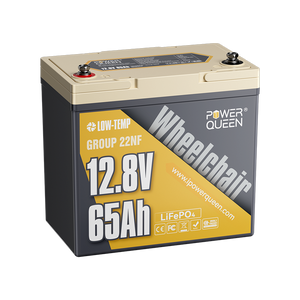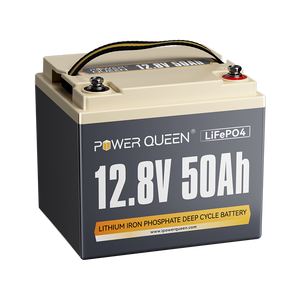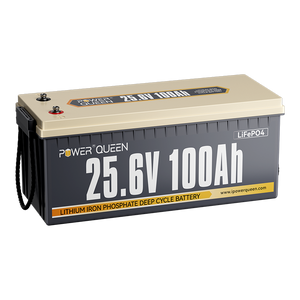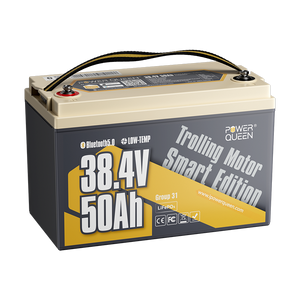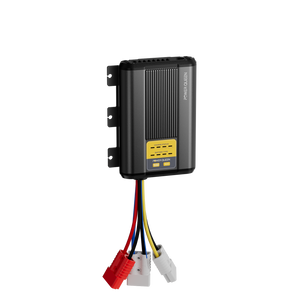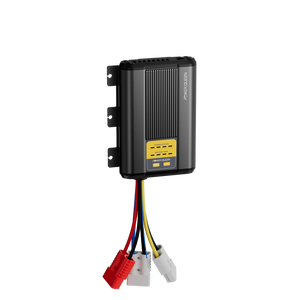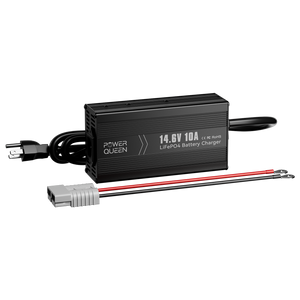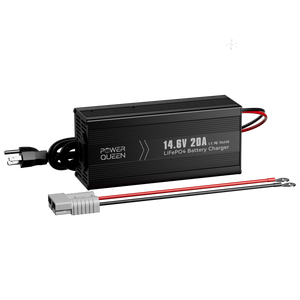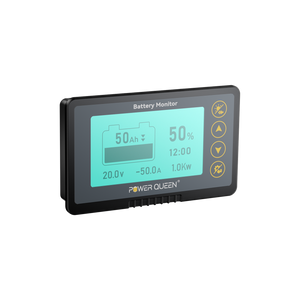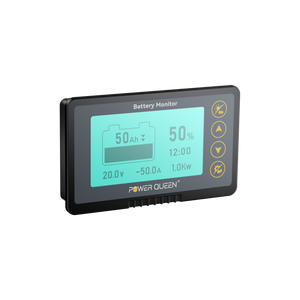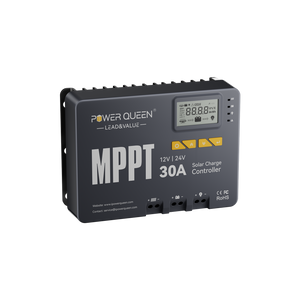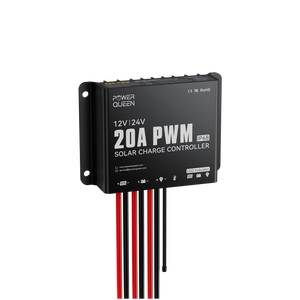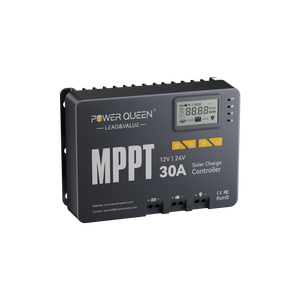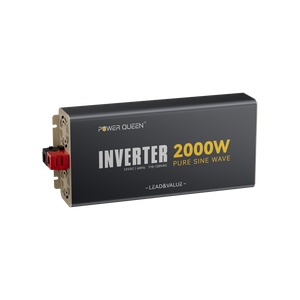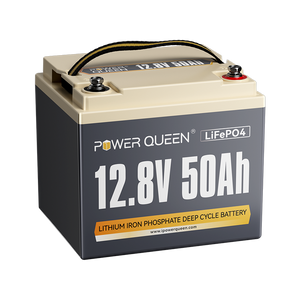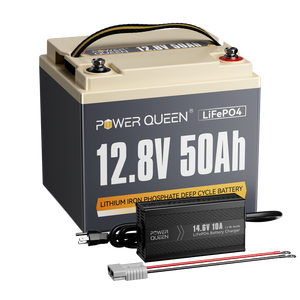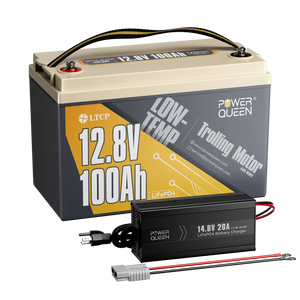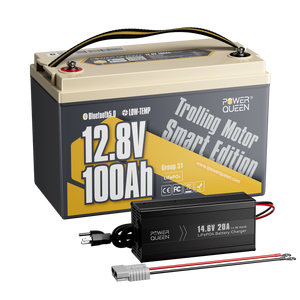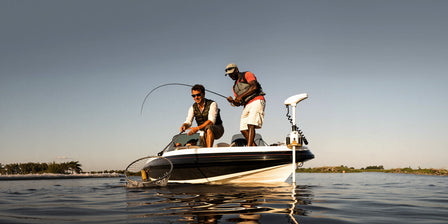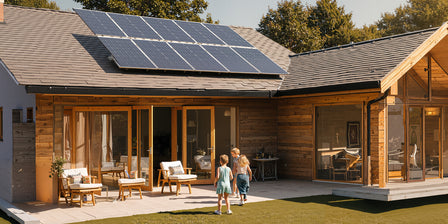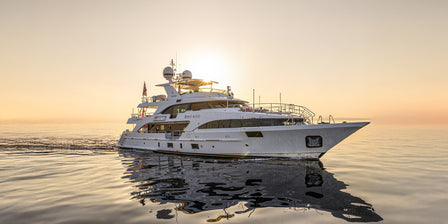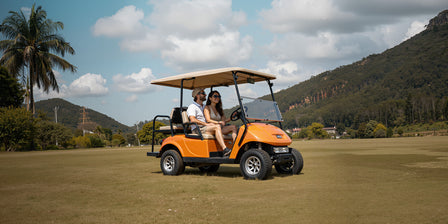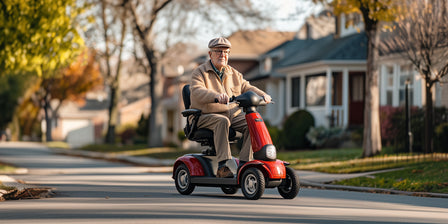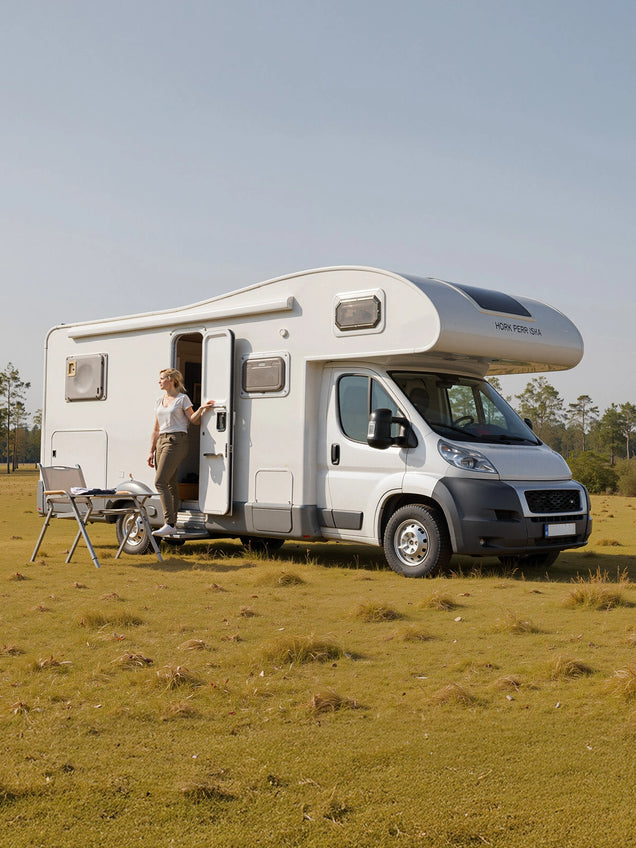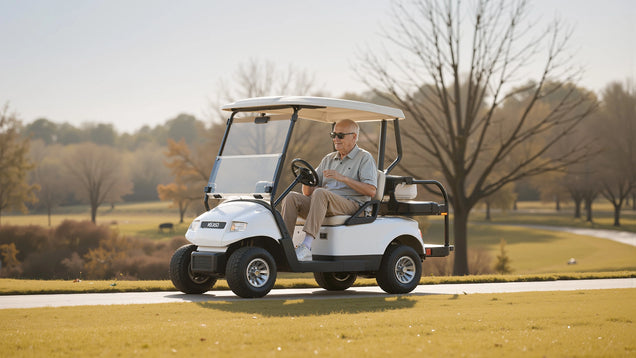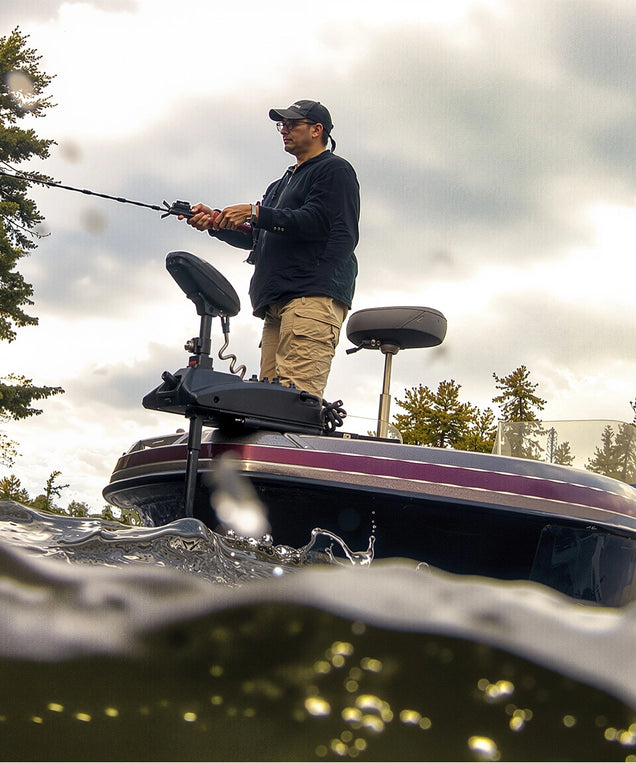Do Lithium Batteries Freeze? How To Use Lithium Battery In Winter?
Whether you're exploring the great outdoors in an RV or enjoying a serene fishing expedition, upgrading your battery bank to lithium offers numerous advantages. However, nature doesn't always align with our plans, and unexpectedly facing freezing temperatures can raise concerns about battery performance. In this article, we will address the question: "Will lithium batteries freeze?
Will Lithium Batteries Freeze
Unlike water or other liquids, lithium batteries do not freeze into a solid state. While freezing temperatures can affect their performance, lithium batteries do not solidify or become inoperable when exposed to below-freezing temperatures. However, extreme cold can still have an impact on their efficiency and overall performance. It is important to understand the implications of freezing temperatures on lithium batteries and take appropriate precautions to ensure their optimal functionality in cold weather.
Are Lithium Batteries Good in Cold Weather?
When it comes to cold weather conditions, Lithium Iron Phosphate (LFP) batteries stand out as an exceptional choice. Unlike traditional lead-acid batteries that can be negatively affected by low temperatures, LFP batteries continue to deliver reliable performance and durability even in extreme cold.
LFP batteries are designed to operate effectively within a wide temperature range, making them highly practical for various applications, including off-grid solar systems, RVs, and camper vans where encountering freezing temperatures is common. These batteries can safely function in temperatures as low as -4 degrees Fahrenheit (-20 degrees Celsius) and as high as 140 degrees Fahrenheit (60 degrees Celsius).
In contrast, lead-acid batteries experience significant performance reduction in colder temperatures. The capacity of lead-acid batteries decreases, and the more power you draw from them, the weaker they become. However, LFP batteries excel in cold weather conditions. As you utilize LFP batteries, they naturally warm up due to a reduction in internal resistance, resulting in increased voltage and improved performance.
By opting for lithium batteries, specifically LFP, to meet your power needs in cold weather, you can overcome the limitations of traditional lead-acid batteries. With their superior performance, reliability, and temperature resistance, lithium batteries, especially LFP, emerge as the clear winner for powering your devices in cold weather.
Whether you're seeking an upgrade for an existing battery system or a reliable solution to tackle cold-weather challenges, lithium batteries offer an optimal choice. Experience the benefits of enhanced performance and extended usability by embracing LFP batteries for your cold weather power requirements.
Does Cold Weather Affect Lithium Battery Life?
Cold temperatures do have an effect on the performance and longevity of lithium batteries. Although lithium batteries are generally more resilient to cold weather compared to lead-acid batteries, extremely low temperatures can still impact their efficiency and capacity.
Lead-acid batteries experience a noticeable decline in efficiency and usable capacity when exposed to temperatures below freezing (32 degrees Fahrenheit or 0 degrees Celsius). They typically deliver only about 70-80% of their rated capacity in such conditions. In contrast, lithium batteries exhibit minimal capacity loss and can provide 95-98% of their capacity at the same temperature.
During the charging process, lithium ions are typically absorbed by the graphite anode, which acts as the battery's negative terminal and has a sponge-like structure. However, when the temperature drops below freezing, the efficient absorption of lithium ions by the anode becomes challenging. Instead, many lithium ions end up coating the surface of the anode, leading to a phenomenon called lithium plating. This reduces the available lithium for conducting electricity, resulting in decreased battery capacity.
Charging lithium batteries at temperatures below freezing, especially at high charge rates, can compromise the mechanical stability of the battery, making it more prone to sudden failure. Freezing charging conditions cause the loss of lithium ions within the graphite anode, which contributes to plating and further diminishes battery capacity while increasing resistance. If significant plating occurs, it can potentially puncture the separator and create a hazardous short circuit inside the battery cell.
To address these issues, it is essential to avoid charging lithium batteries in freezing temperatures, particularly at high charge rates. Implementing appropriate low-temperature charging protection measures can help preserve battery performance and prevent potential damage caused by excessive plating.
While lithium batteries offer improved cold-weather performance compared to lead-acid batteries, it is still important to consider the impact of cold temperatures on their capacity and take necessary precautions to ensure optimal performance and safety.
Can You Charge a Frozen Battery?
It is crucial to avoid charging batteries when the temperature drops below freezing as doing so can result in significant and irreversible damage. Always ensure that the battery reaches a safe temperature before initiating the charging process. To prevent cold weather from adversely affecting your batteries, consider using external heating pads and storing your battery bank in a heated compartment. These precautions can safeguard your batteries and maintain their optimal performance.
Related reading: How to Charge LiFePO4 Lithium Battery
Power Queen Low-Temperature Protection & Self Heating LiFePO4 Lithium Batteries Help You Overcome the Winter
Power Queen has elevated the Winter series by integrating cutting-edge features such as 12V 100Ah LiFePO4 batteries with built-in low-temperature protection. Furthermore, a remarkable self-heating series, which offers choices like 12V 100Ah self-heating. These advancements aim to enhance performance and reliability in cold weather conditions.
Below we’ll have a detail introduction of these 2 batteries.
Power Queen Low-Temperature Protection Batteries
The Power Queen 12.8V 100Ah Low-Temp LiFePO4 battery features the low-temperature charging protection.
In cold weather conditions, it is crucial to have low-temperature charging protection in place to safeguard batteries from unfavorable charging effects. Charging batteries in low temperatures can lead to reduced efficiency, diminished capacity, and potential damage to the battery cells. To mitigate these risks and ensure optimal performance, the implementation of low-temperature charging protection mechanisms is essential.
![⚡[Final $189]⚡Power Queen 12V 100Ah Low-Temp Deep Cycle Lithium Battery](//ipowerqueen.com/cdn/shop/files/100tm.png?crop=center&format=webp&v=1758323394&width=400)
![⚡[Final $189]⚡Power Queen 12V 100Ah Low-Temp Deep Cycle Lithium Battery](http://ipowerqueen.com/cdn/shop/files/100tm.png?crop=center&format=webp&v=1758323394&width=400)

These protection mechanisms work diligently by continuously monitoring the temperature during the charging process.
When the charging temperature drops below a specific threshold, typically around freezing point (32°F or 0°C), the charging process is automatically paused or halted. This preventive action is vital in averting issues like lithium plating or mechanical instability caused by low temperatures, which could otherwise compromise the battery's performance and durability. Once the temperature rises to an acceptable level, the charging can safely resume, maintaining the battery's integrity.
If you need more power, then take a look at 12V 200Ah Low Temp version, which is built in with upgraded 200A BMS, supporting max. 2560W load power makes our lives more convenient.

Power Queen Self-Heating LiFePO4 Lithium Batteries
Power Queen 12V 100Ah self-heating LiFePO4 Lithium battery utilizes advanced LiFePO4 lithium technology. The standout feature of this battery is the incorporation of built-in heating pads, providing exceptional heating capabilities and comprehensive protection for your battery.

The self-heating function is seamlessly integrated into these batteries and is activated by the Battery Management System (BMS) when the battery is connected to a charger in temperatures ranging from -20℃ to 5℃ (-4℉ to 41℉). This temperature range effectively covers cold conditions that can adversely affect battery performance. The self-heating process is sustained until the battery temperature reaches 10℃ (50℉). Typically, it takes approximately 90 minutes for the battery temperature to rise from -10℃ to 10℃ (14℉ to 50℉), and approximately 150 minutes from -20℃ to 10℃ (-4℉ to 50℉).
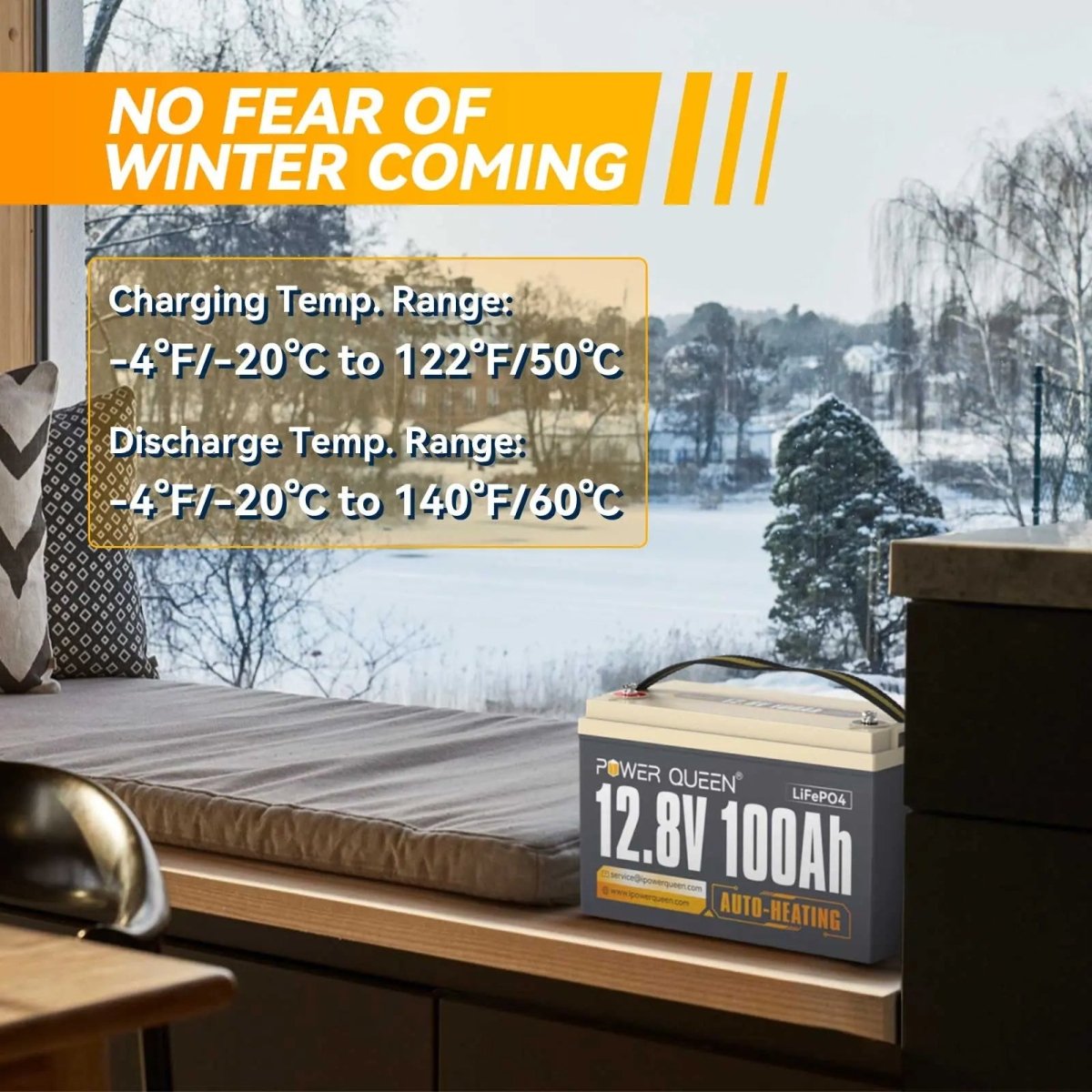
By integrating automatic self-heating functionality, these batteries ensure consistent optimal performance and reliability, even in extremely cold temperatures. The self-heating process effectively prevents potential issues associated with low temperatures, allowing the batteries to operate efficiently and serve as a dependable power source for your various applications.
Below shows how does the heating pad work.

In Conclusion
These two battery series are specifically designed to address the challenges faced when charging LiFePO4 lithium batteries in cold weather. The key difference between the Low-Temperature series and the Self-Heating series lies in their approach to temperature management.
In the Self-Heating series, the battery itself contains an automatic heating module integrated into the Battery Management System (BMS). This module ensures that the battery is autonomously warmed during the charging process, enabling reliable operation even in low temperatures. On the other hand, the Low-Temperature Protection series requires some user intervention, such as placing the battery in a warm indoor environment, to raise its temperature and restore proper charging functionality.
If you anticipate using lithium batteries in freezing conditions for activities like ice fishing, skiing, or other winter pursuits, opting for a heated lithium battery from either of these series would be a wise choice to ensure optimal performance and avoid potential issues.
Can I Connect the Low-Temperature Series with Self-heating Series in Parallel or Series?
No, it is not advisable to connect batteries from the Low-Temperature series and the Self-Heating series together, either in parallel or series. These series have different Battery Management Systems (BMS) that may not be compatible with each other. Mixing batteries from different series can result in negative consequences and potential damage to the batteries. To ensure optimal performance and safety, it is recommended to use batteries that have the same BMS and capacity.
Tips for Keeping Lithium Batteries Warm in Cold Weather (5 Effective Methods)
Utilize a battery blanket
Battery blankets are insulated covers designed to keep batteries warm in cold weather. They snugly fit over the battery, providing insulation and preventing exposure to low temperatures. Battery blankets trap heat generated by the battery, reducing cold exposure and protecting it from the elements.
Store batteries in insulated units or battery boxes
Insulated storage units and battery boxes are compact, reusable containers made from various materials. They limit contact between the battery and freezing air, helping to keep lithium batteries warm. The insulation in these units also retains any heat generated by the battery and provides additional warmth.
Pre-charge batteries using solar panels
Cold weather accelerates discharge in lithium batteries. Before heading out in the cold, it's beneficial to charge the batteries using solar panels. Solar panels provide a steady flow of energy, ensuring that your batteries are charged and at an optimal temperature even on the coldest days.
Keep batteries in a heated environment
Storing batteries in a heated area, such as a garage, can significantly contribute to maintaining their functionality and warmth in cold weather. By reducing the impact of low temperatures, you can minimize potential damage to the battery caused by the cold.
Consider using a battery heater
Battery heaters are an excellent option for insulating lithium batteries and keeping them warm, even in extreme cold conditions. Specifically designed for lithium batteries, these heaters offer adjustable temperatures and settings to ensure the longevity and optimal performance of your batteries in cold weather.
Conclusion
While lithium batteries don't freeze in the same way as water, freezing temperatures can still impact their performance and efficiency. It is crucial to be aware of these effects and take appropriate measures to ensure safe and efficient usage.
By preheating batteries, optimizing charging procedures, managing discharge rates, and protecting them from extreme cold, you can overcome the challenges of freezing temperatures and unlock the full potential of your lithium battery bank. Embrace the power of lithium and enjoy reliable performance, even in the harshest winter conditions!
